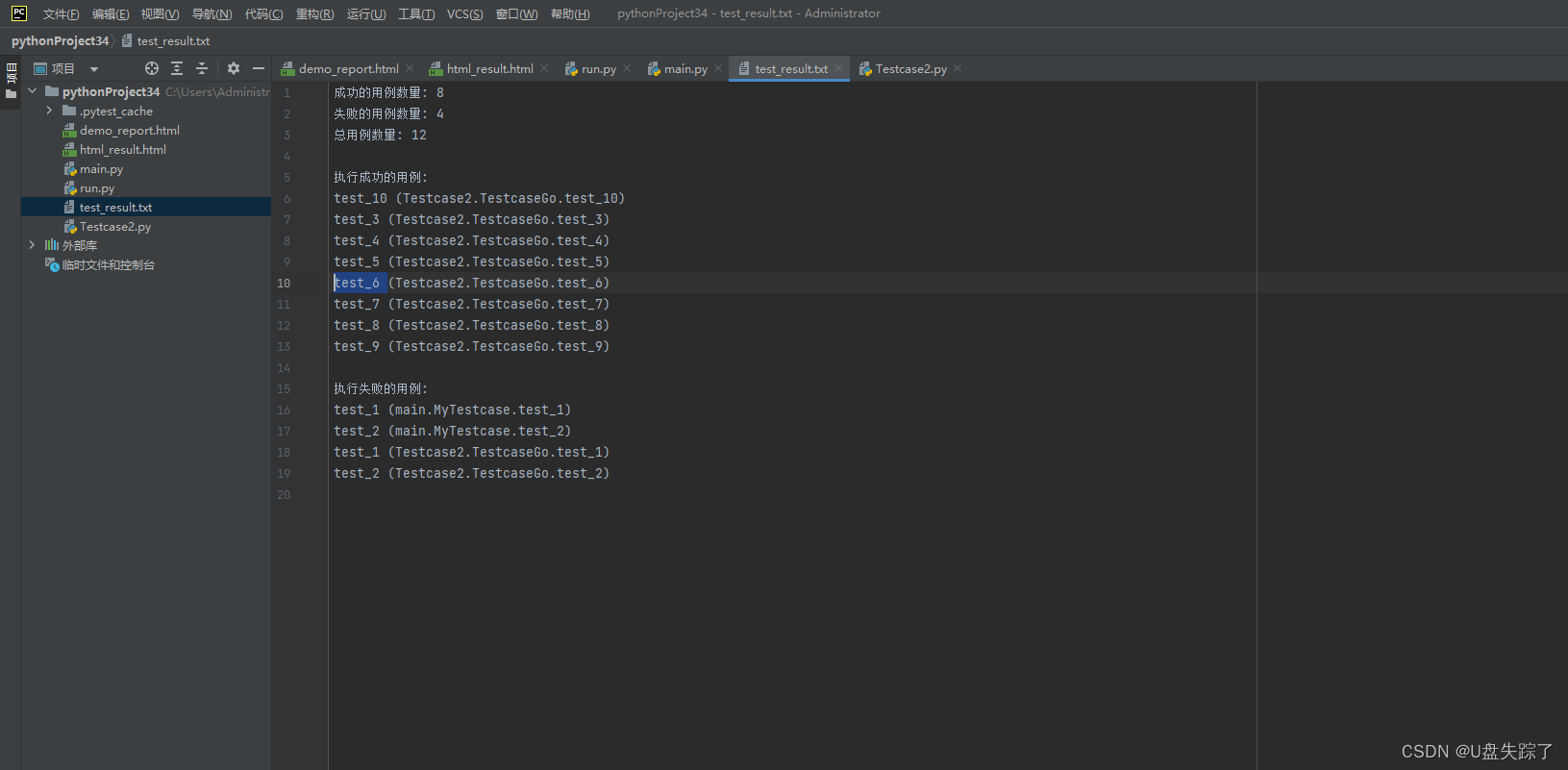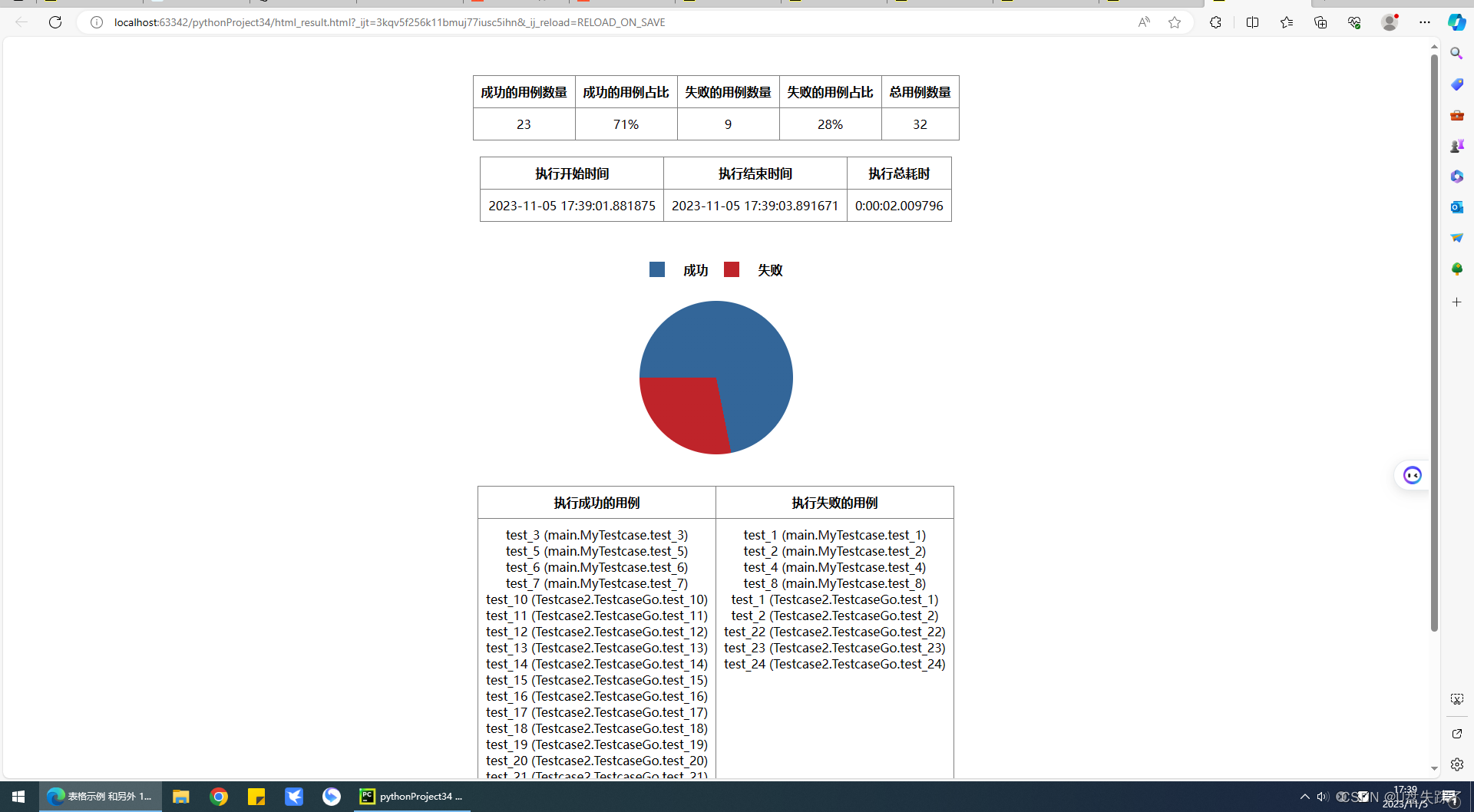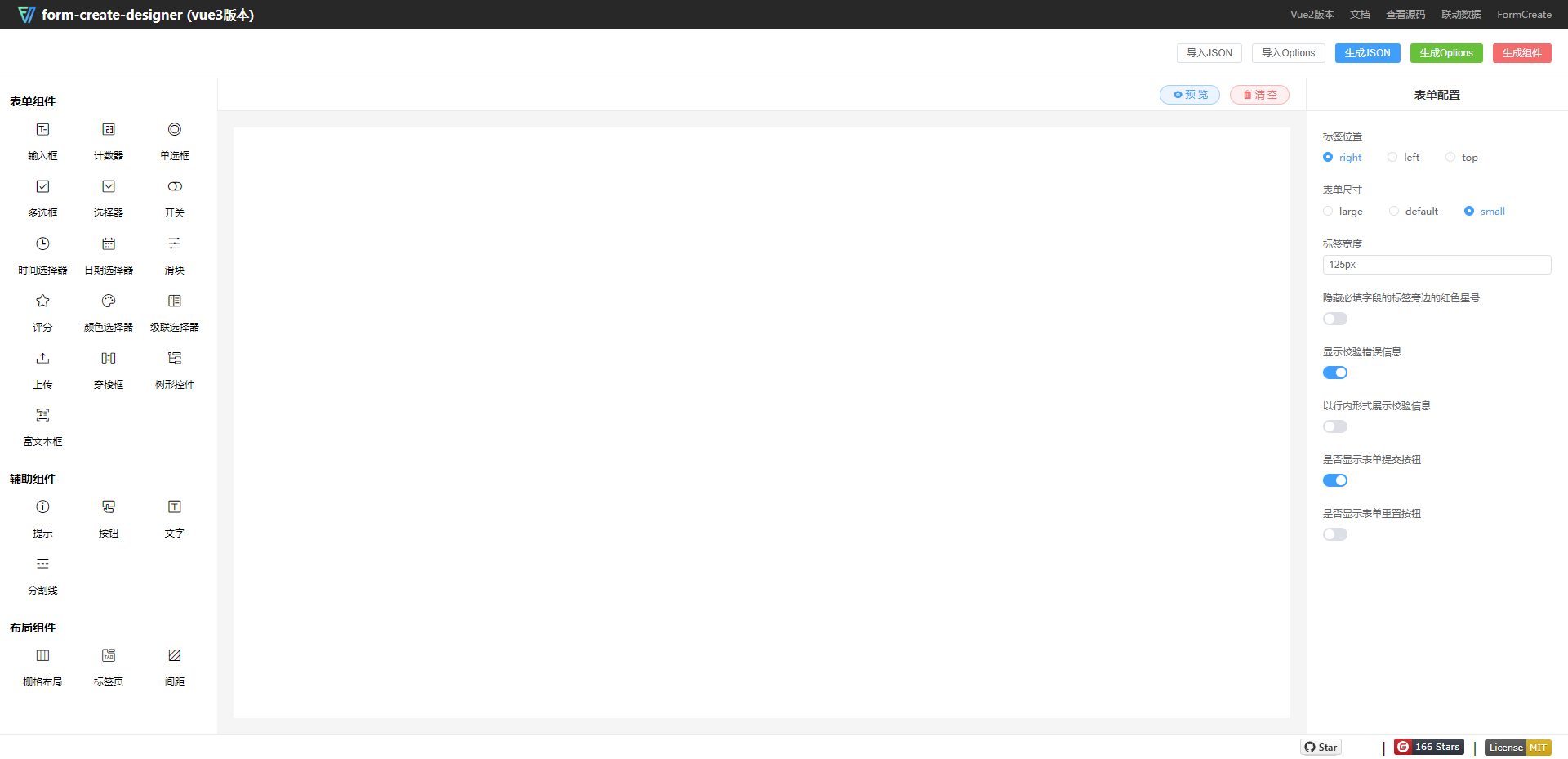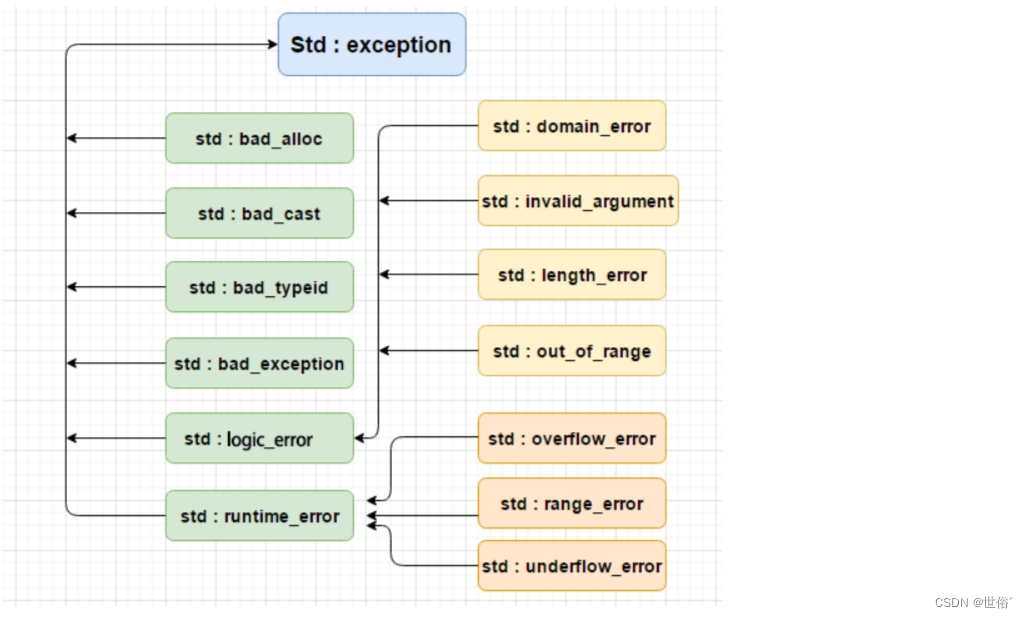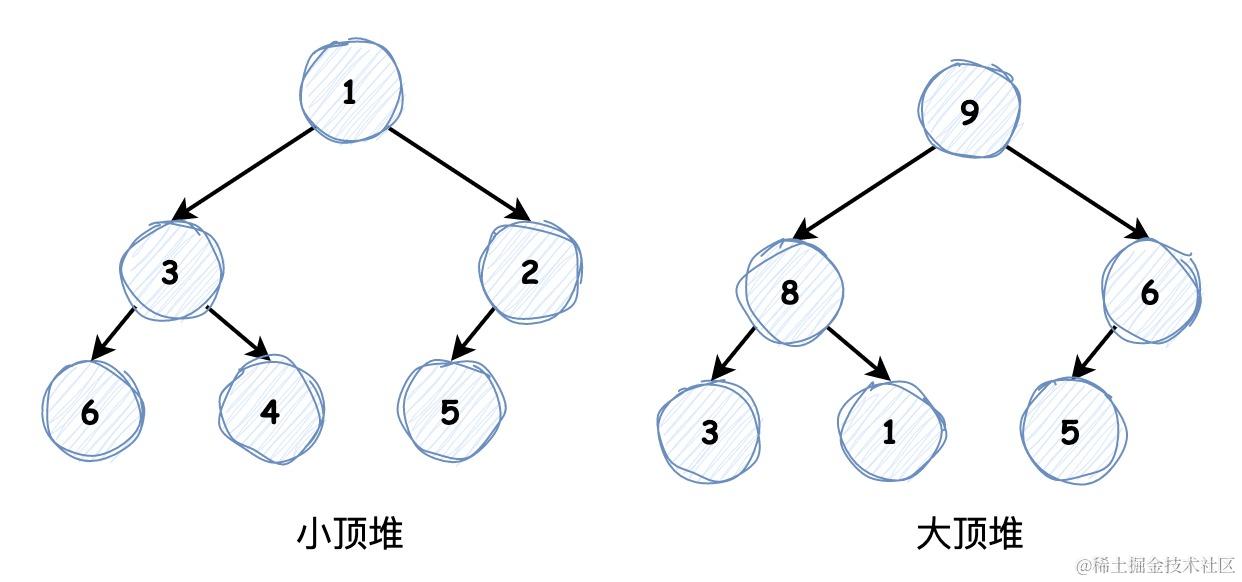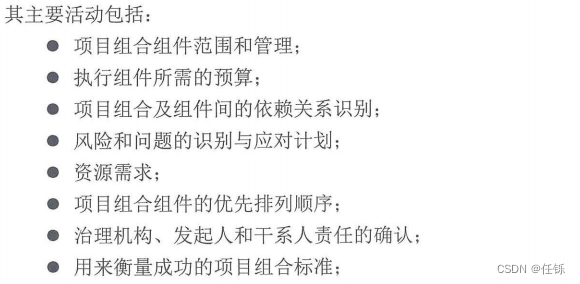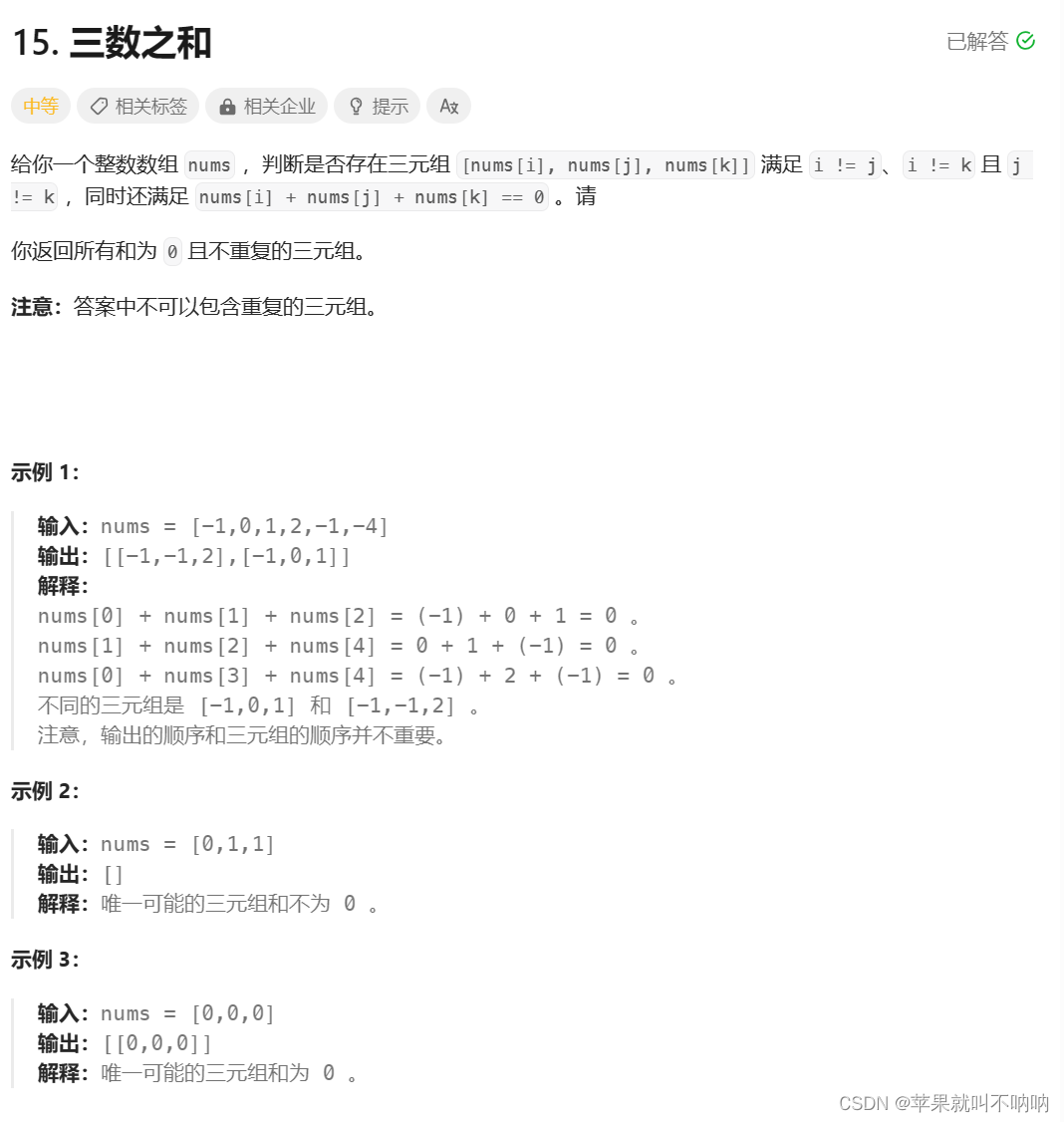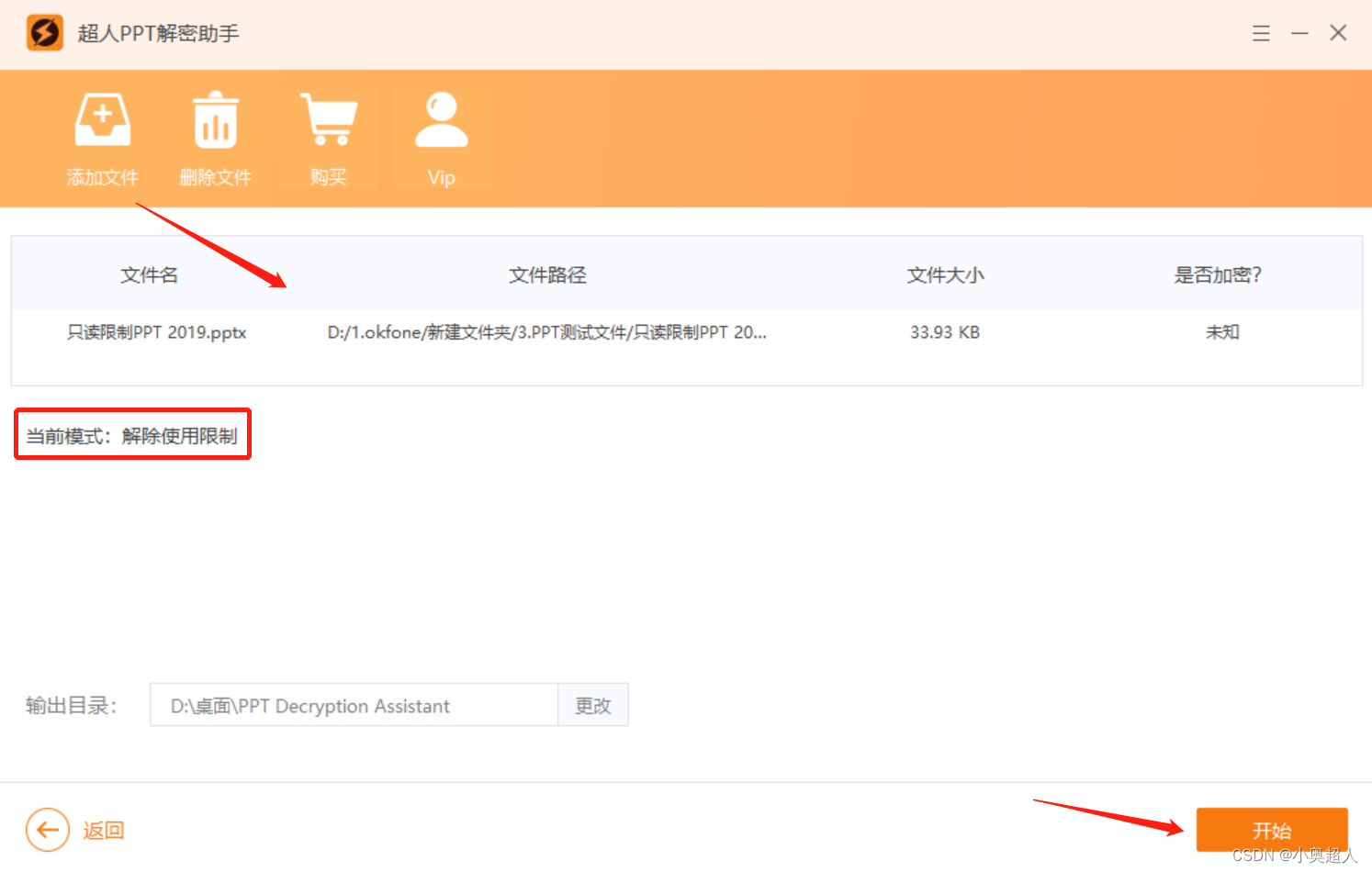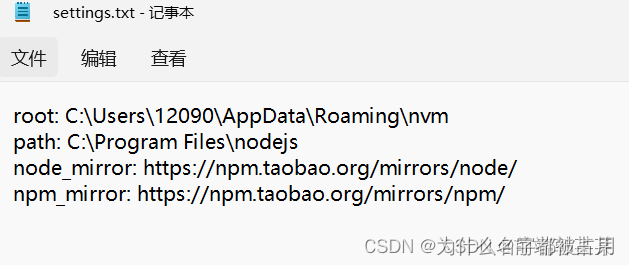这是一个Python的单元测试框架的示例代码,主要用于执行测试用例并生成测试报告。其中,通过unittest模块创建主测试类MainTestCase,并加载其他文件中的测试用例,统计用例的执行结果并将结果写入文件,最后生成一个简单的测试报告html页面。
在执行测试时,可以根据需要添加更多的测试文件和测试用例,在自定义CustomTextTestResult类中重写addSuccess和addFailure方法,获取用例的执行结果,并在统计成功和失败的用例数量时进行累加。将用例执行成功和失败的信息分别保存到success_cases和failure_cases列表中,最后将结果写入文件。
在生成测试报告时,利用HTML和CSS语言生成一个表格结构的页面,并将测试结果以文本和图表的形式展示出来。在页面中使用了一些JavaScript代码来计算成功和失败的百分比,并将其以饼状图的形式呈现出来。最终,将html代码写入到文件中,生成测试报告。
main.py
import unittest
import time
class MyTestcase(unittest.TestCase):
def test_1(self):
print('main_test_1')
self.assertEqual(2 - 2, 4)
def test_2(self):
print('main_test_2')
self.assertEqual(2 - 2, 4)
def test_3(self):
print('test_3')
time.sleep(2)
self.assertEqual(2 + 2, 4)
def test_4(self):
print('test_4')
self.assertEqual(2 - 2, 4)
def test_5(self):
print('test_5')
self.assertEqual(2 + 2, 4)
def test_6(self):
print('test_6')
self.assertEqual(2 + 2, 4)
def test_7(self):
print('test_7')
self.assertEqual(2 + 2, 4)
def test_8(self):
print('test_8')
self.assertEqual(2 + 3, 4)
Testcase2.py
import unittest
class TestcaseGo(unittest.TestCase):
def test_1(self):
print('TestcaseGo_test_1')
self.assertEqual(2 - 2, 4)
def test_2(self):
print('TestcaseGo_test_2')
self.assertEqual(2 - 2, 4)
def test_3(self):
print('TestcaseGo_test_3')
self.assertEqual(2 + 2, 4)
def test_4(self):
print('TestcaseGo_test_3')
self.assertEqual(2 + 2, 4)
def test_5(self):
print('TestcaseGo_test_3')
self.assertEqual(2 + 2, 4)
def test_6(self):
print('TestcaseGo_test_3')
self.assertEqual(2 + 2, 4)
def test_7(self):
print('TestcaseGo_test_3')
self.assertEqual(2 + 2, 4)
def test_8(self):
print('TestcaseGo_test_3')
self.assertEqual(2 + 2, 4)
def test_9(self):
print('TestcaseGo_test_3')
self.assertEqual(2 + 2, 4)
def test_10(self):
print('TestcaseGo_test_3')
self.assertEqual(2 + 2, 4)
def test_11(self):
print('TestcaseGo_test_3')
self.assertEqual(2 + 2, 4)
def test_12(self):
print('TestcaseGo_test_3')
self.assertEqual(2 + 2, 4)
def test_13(self):
print('TestcaseGo_test_3')
self.assertEqual(2 + 2, 4)
def test_14(self):
print('TestcaseGo_test_3')
self.assertEqual(2 + 2, 4)
def test_15(self):
print('TestcaseGo_test_3')
self.assertEqual(2 + 2, 4)
def test_16(self):
print('TestcaseGo_test_3')
self.assertEqual(2 + 2, 4)
def test_17(self):
print('TestcaseGo_test_3')
self.assertEqual(2 + 2, 4)
def test_18(self):
print('TestcaseGo_test_3')
self.assertEqual(2 + 2, 4)
def test_19(self):
print('TestcaseGo_test_3')
self.assertEqual(2 + 2, 4)
def test_20(self):
print('TestcaseGo_test_3')
self.assertEqual(2 + 2, 4)
def test_21(self):
print('TestcaseGo_test_3')
self.assertEqual(2 + 2, 4)
def test_22(self):
print('TestcaseGo_test_3')
self.assertEqual(2 + 2, 4)
def test_23(self):
print('TestcaseGo_test_3')
self.assertEqual(2 + 2, 4)
def test_24(self):
print('TestcaseGo_test_3')
self.assertEqual(2 + 2, 4)run.py
import unittest
import datetime
# 创建主测试类
class MainTestCase(unittest.TestCase):
pass
if __name__ == '__main__':
# 统计测试用例执行开始时间
today1 = datetime.date.today()
current_time1 = datetime.datetime.now().time()
# print("执行开始时间:" + str(today1) +" "+ str(current_time1))
# 创建测试加载器
loader = unittest.TestLoader()
# 加载其他Python文件中的测试用例并添加到主测试类中
test_cases = [
loader.loadTestsFromName('main.MyTestcase'),
loader.loadTestsFromName('Testcase2.TestcaseGo')
# 添加更多的测试文件和测试用例
]
suite = unittest.TestSuite(test_cases)
suite.addTests(loader.loadTestsFromTestCase(MainTestCase))
# 计算总用例数量
total_count = suite.countTestCases()
# 定义全局的成功、失败和总数计数变量
success_count = 0
failure_count = 0
# 保存执行成功的用例和执行失败的用例
success_cases = []
failure_cases = []
# 重写run()方法,获取用例的执行结果
class CustomTextTestResult(unittest.TextTestResult):
def addSuccess(self, test):
global success_count
success_count += 1
success_cases.append(str(test))
super().addSuccess(test)
def addFailure(self, test, err):
global failure_count
failure_count += 1
failure_cases.append(str(test))
super().addFailure(test, err)
# 创建测试运行器并运行测试
runner = unittest.TextTestRunner(verbosity=2, resultclass=CustomTextTestResult)
result = runner.run(suite)
# 将结果写入文件,指定编码格式为UTF-8
with open("test_result.txt", "w", encoding="utf-8") as file:
file.write(f"成功的用例数量: {success_count}\n")
file.write(f"失败的用例数量: {failure_count}\n")
file.write(f"总用例数量: {total_count}\n")
file.write("\n执行成功的用例:\n")
for case in success_cases:
file.write(case + "\n")
file.write("\n执行失败的用例:\n")
for case in failure_cases:
file.write(case + "\n")
print("测试结果已写入文件 test_result.txt")
# print(total_count)
# print(success_count)
# print(failure_count)
# print(success_cases)
# print(failure_cases)
# 生成一个简单的测试报告html页面
def html_report(today1, current_time1, total_count, success_count, failure_count, success_cases, failure_cases):
# 用例总数量、成功数量、失败数量、百分比
Success_Rate = (success_count / total_count) * 100
failure_Rate = (failure_count / total_count) * 100
# print(int(Success_Rate))
# print(int(failure_Rate))
Success_Rate_text = str(int(Success_Rate)) + '%'
failure_Rate_text = str(int(failure_Rate)) + '%'
# print(Success_Rate_text)
# print(failure_Rate_text)
Success_Rate_text_b = '{'+str(Success_Rate)+'}%'
# 拼接元素
# text_content1 = "\n".join(success_cases)
# text_content2 = "\n".join(failure_cases)
test_cases_with_br = [f"{case}<br/>" for case in success_cases]
# 将带有<br>标签的元素连接成一个字符串
text_content1 = "".join(test_cases_with_br)
test_cases_with_br = [f"{case}<br/>" for case in failure_cases]
# 将带有<br>标签的元素连接成一个字符串
text_content2 = "".join(test_cases_with_br)
text_content1 = text_content1
text_content2 = text_content2
# 统计测试用例执行时间
today2 = datetime.date.today()
current_time2 = datetime.datetime.now().time()
# print("执行结束时间:" + str(today2) + str(current_time2))
time_diff = datetime.datetime.combine(datetime.date.min, current_time2) - datetime.datetime.combine(
datetime.date.min, current_time1)
strat_time = str(today1) + " " + str(current_time1)
over_time = str(today2) + " " + str(current_time2)
# 测试报告html源码
report = """
<!DOCTYPE html>
<html>
<head>
<meta charset="utf-8">
<title>表格示例</title>
<style>
""" \
+ \
"""
.status-labels {
display: flex;
justify-content: space-between;
margin-bottom: 10px;
}
.status-label {
display: flex;
align-items: center;
text-align: center;
flex-direction: column;
}
.status-color {
width: 20px;
height: 20px;
margin-right: 5px;
align-items: center;
}
.pie-chart {
width: 200px;
height: 200px;
border-radius: 50%;
background: linear-gradient(to right, green 50%, red 0);
transform: rotate(-90deg);
margin: 20px auto;
}
""" + """
th, td {{
text-align: center;
padding: 10px;
vertical-align: top;
}}
table {{
margin-left: auto;
margin-right: auto;
border-collapse: collapse;
margin: auto;
}}
</style>
</head>
<body>
<br/>
<br/>
<table border="1">
<thead>
<th>成功的用例数量</th>
<th>成功的用例占比</th>
<th>失败的用例数量</th>
<th>失败的用例占比</th>
<th>总用例数量</th>
</thead>
<tbody>
<tr>
<td>{success_count}</td>
<td>{Success_Rate_text}</td>
<td>{failure_count}</td>
<td>{failure_Rate_text}</td>
<td>{total_count}</td>
</tr>
</tbody>
</table>
<br/>
<table border="1">
<thead>
<tr>
<th>执行开始时间</th>
<th>执行结束时间</th>
<th>执行总耗时</th>
</tr>
</thead>
<tbody>
<tr>
<td>{strat_time}</td>
<td>{over_time}</td>
<td>{time_diff}</td>
</tr>
</tbody>
</table>
<br/>
<br/>
<table id="my-table">
<thead>
<tr>
<th><div class="status-color" style="background-color: #336699;"></div></th>
<th>成功</th>
<th><div class="status-color" style="background-color: #bf242a;"></div></th>
<th>失败</th>
</tr>
</thead>
<tbody>
</tbody>
</table>
<div class="pie-chart"></div>
<br/>
<table border="1">
<thead>
<tr>
<th>执行成功的用例</th>
<th>执行失败的用例</th>
</tr>
</thead>
<tbody>
<tr>
<td>{text_content1}</td>
<td>{text_content2}</td>
</tr>
</tbody>
</table>
<br/>
<br/>
""".format(time_diff=time_diff, strat_time=strat_time, over_time=over_time, total_count=total_count,
success_count=success_count, Success_Rate_text=Success_Rate_text, failure_count=failure_count,
failure_Rate_text=failure_Rate_text, text_content1=text_content1, text_content2=text_content2) \
+ \
"""
<script>
// 获取饼图元素
var pieChart = document.querySelector('.pie-chart');
// 设置饼图的背景渐变色
pieChart.style.background = `conic-gradient(#336699 ${Success_Rate_text}, #bf242a 0)`;
</script>
""".format(Success_Rate_text=Success_Rate_text_b) + """
</body>
</html>
"""
# ${successPercentage}%
# $81%
print(report)
with open("html_result.html", "w", encoding="utf-8") as file:
file.write(report)
print("测试报告生成成功!")
html_report(today1, current_time1, total_count, success_count, failure_count, success_cases, failure_cases)
# html_report(total_count, success_count, failure_count, success_cases, failure_cases)